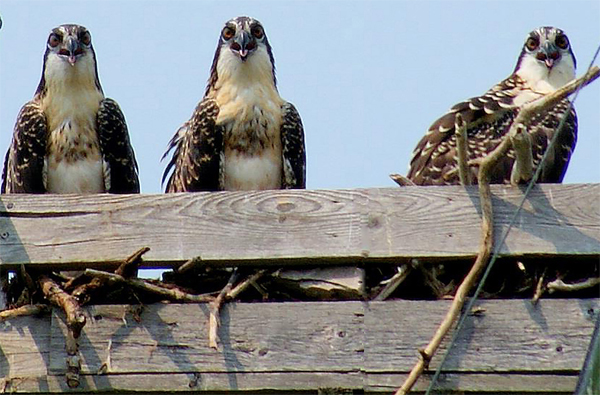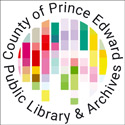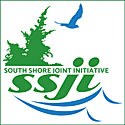Citizens with smart phones invited to help monitor Eagles and Ospreys
Administrator | Mar 18, 2019 | Comments 0
 The Bay of Quinte Remedial Action Plan is looking for volunteer citizen scientists to help locate and monitor Osprey and Eagle nests around the Bay of Quinte. The goal is to establish a long-term monitoring program to ensure the Osprey and Eagle populations remain healthy and abundant.
The Bay of Quinte Remedial Action Plan is looking for volunteer citizen scientists to help locate and monitor Osprey and Eagle nests around the Bay of Quinte. The goal is to establish a long-term monitoring program to ensure the Osprey and Eagle populations remain healthy and abundant.
“Last year, the environmental challenges related to fish/wildlife populations and habitat were classified as restored, meaning all the scientific criteria outlined in the BQRAP were met,” said Sarah Midlane-Jones, BQRAP communications. “Now, the focus changes to ensuring conditions don’t deteriorate.”
One way the public can become involved in the continued protection and restoration of the Bay is by participating as citizen scientists.
“This year, we have simplified the monitoring process. all people have to do is take a photo at the nesting site with their Smartphone and email it in. The only techy part is to make sure the location settings on the Smartphone are turned on. In the email, add details like: whether the nest is active or not, number of adult birds, number of fledglings, and the arrival and departure dates, if known.
Photos and information should be sent to osprey@bqrap.ca.
Visit the nest site throughout the season and provide updates on the birds. The nest location will be added to the tracking map on the BQRAP web site and the photos will be posted for everyone to enjoy.
Why monitor Ospreys and Eagles?
Midlane-Jones notes they are considered indicators of water quality health as their diets mostly consist of fish. Changes in the number of nesting pairs and number of chicks produced and fledged can reflect changes in aquatic ecosystem health.
“Once, the widespread use of DDT brought these great raptors to the brink of extinction. But with a ban, in the 1970s, on this toxic pesticide and the efforts of federal and provincial governments, conservation authorities, groups, and individuals the Ospreys have made a dramatic comeback.”
Only in the pas three years have Eagles returned to the Bay of Quinte, she said.
“Each year, a new nest site was established. Hopefully, this trend continues with another nest in 2019.
“The return of these top predators to the Bay of Quinte and their successful nesting is a sign of a healthy ecosystem. Collecting data on how the Ospreys/Eagles are doing, will assist us with ensuring the Bay doesn’t return to the conditions that required a Remedial Action Plan in the first place.”
Visit the Bay of Quinte Remedial Action Plan web site for details www.bqrap.ca
Filed Under: Featured Articles
About the Author:






























